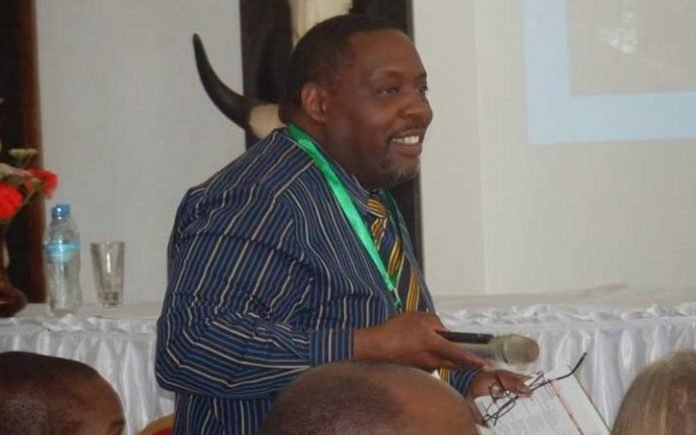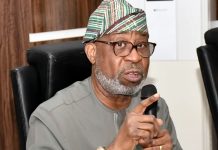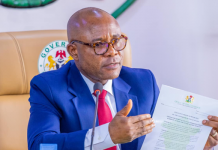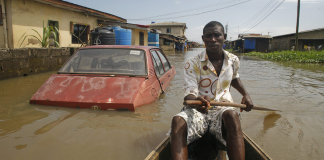The Ngorongoro Conservation Area Authority (NCAA) has been nominated for registration as a Global Geopark of the United Nations Educational, Scientific and Cultural Organisation (UNESCO). According to the Director-General of NCAA, Dr. Freddy Manongi, the area would soon get its registration as a ‘UNESCO Geopark.’
Briefing newsmen, who were on a study tour of the area under a program organised by the Tanga Rural Development and Environmental Journalists Association, Dr. Manongi said the new status could conceivably increase the number of tourists visiting the area. “Currently, we receive around 600,000 visitors a year – with a half of that number being local visitors,” he said.
Dr. Manongi told reporters that there was need for an intensive program to publicise the area so as to attract more visitors, even locals. The D-G of the agency emphasized the crucial role that is being played by the media in educating Tanzanians on the importance of visiting the area – and also publicising the attractions through ‘Tanzanian eyes.’
‘UNESCO Global Geoparks’ are single, unified geographical areas where sites and landscapes of international geological significance are managed with the holistic concept of protection, education and sustainable development. At present, there are 127 UNESCO Global Geoparks in 35 countries across the globe.
According to the UNESCO Global Geoparks website (Earth Sciences), ‘a UNESCO Global Geopark uses its geological heritage, in connection with all other aspects of the area’s natural and cultural heritage, to enhance awareness and understanding of key issues facing society – such as using the Earth’s resources sustainably, mitigating the effects of climate change and reducing risks related to natural disasters.
“By raising awareness of the importance of the area’s geological heritage in history and society today, UNESCO Global Geoparks give local people a sense of pride in their region – and strengthens their identification with the area,” the Website reads in part.
Dr. Manongi further explains that UNESCO Global Geoparks empower local communities, giving them the opportunity to develop cohesive partnerships with the common goal of promoting the area’s significant geological processes, features, periods of time, historical themes linked to geology, or outstanding geological beauty.
UNESCO Global Geoparks are established through a ‘bottom-up’ process involving all relevant local and regional stakeholders and authorities in the area (e.g. land owners, community groups, tourism providers, indigenous people, and local organizations).
As the UNESCO website explains, “This process requires firm commitment by the local communities, a strong local multiple partnership with long-term public and political support, and the development of a comprehensive strategy that would meet all of the communities’ goals while showcasing and protecting the area’s geological heritage”.
Their ‘bottom-up’ approach of combining conservation with sustainable development while involving local communities is becoming increasingly popular. Tanzanians residing in the Tanga area are certainly proud that one of their own has been recognized.


















